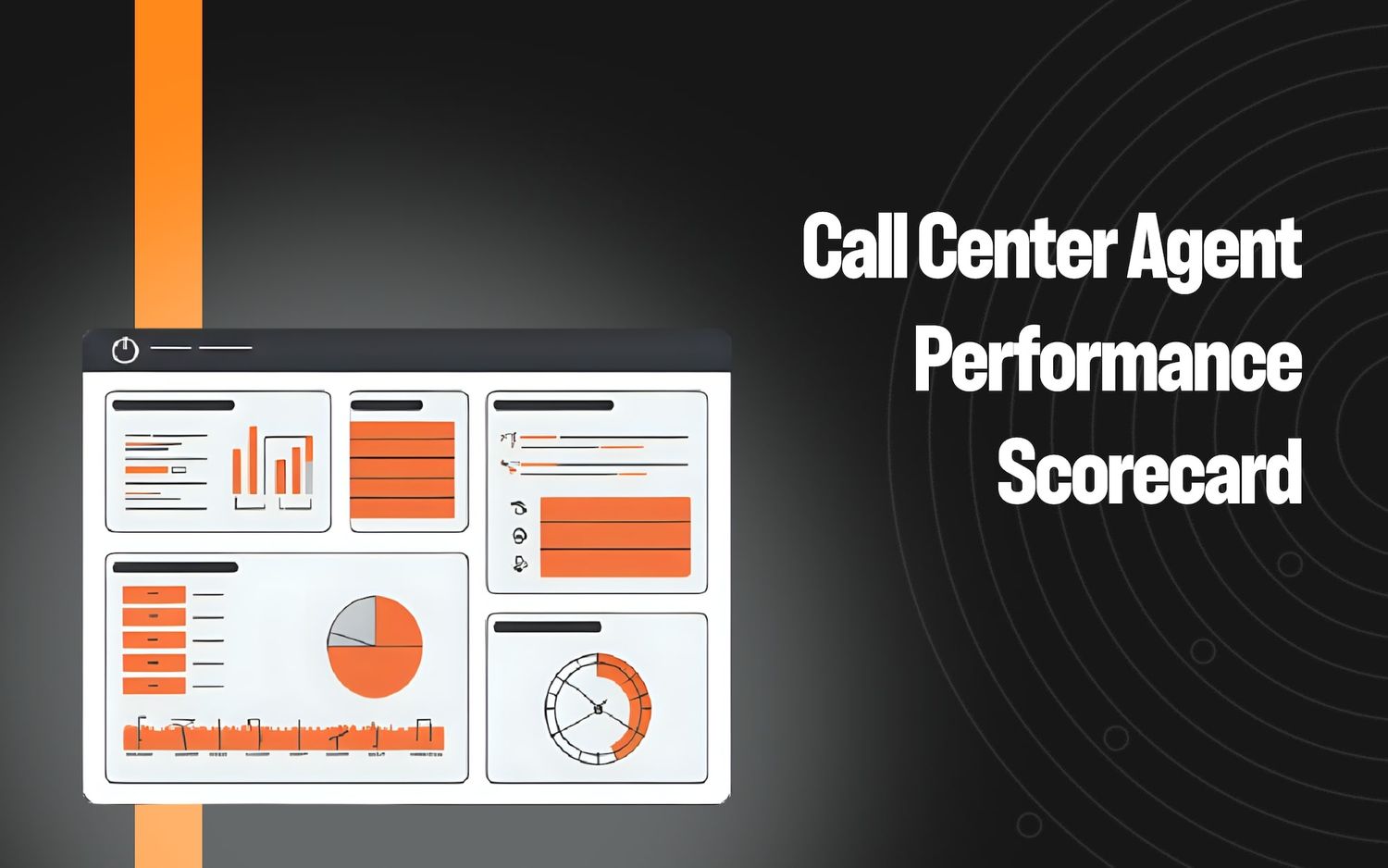Future-Proofing AI in CX: From Experiments to Scalable Systems


Everyone has an AI experiment. Few have an AI system.
In customer experience, the past year has been an explosion of pilots, proofs of concept, and “AI-powered” quick wins. Yet most stall after a quarter—when data drifts, metrics blur, and the people who built the pilot move on.
Future-proofing AI isn’t about adding new models or tools; it’s about building a foundation that can scale, adapt, and sustain value long after launch. Here’s how the most mature CX teams are doing it.
From Proofs of Concept to Programs
Early AI projects usually start in isolation—one channel, one workflow, one hero agent testing a shiny new model.
Scalable teams think differently: they design AI as part of the system, not a side project.
They define:
- Role and scope — what decisions AI should own vs. assist.
- Governance — who trains, reviews, and updates models.
- Feedback loops — how learning moves between humans and machines.
It’s the difference between “trying AI” and operationalizing it.
Governance: The Unseen Infrastructure
The strongest AI programs are built like well-run operations. Every output has an audit trail, every decision a review path.
Governance doesn’t slow innovation—it protects it.
Future-ready teams create simple, living frameworks:
- Pre-launch reviews: Validate data quality and bias checks.
- Role ownership: Define who monitors accuracy, who escalates.
- Version control: Every model iteration tagged and benchmarked.
That discipline is what keeps small experiments from collapsing at scale.
Metrics That Actually Matter
Traditional CX metrics like AHT or handle-time efficiency miss the nuance of AI-assisted work.
When automation takes the easy cases, the average complexity of human interactions rises—so AHT going up can be a good thing.
What future-proof teams measure instead:
- Coverage: % of use cases automated end-to-end.
- Containment Quality: Customer satisfaction on automated resolutions.
- Escalation Integrity: How complete and context-rich handoffs are.
- Human Focus Ratio: % of human time spent on complex, high-value issues.
These metrics align AI’s purpose with customer outcomes—not internal vanity numbers.
Human + AI: Designing for Continuous Learning
AI isn’t replacing agents; it’s expanding what humans can do.
The goal is collaboration, not substitution.
The best systems pair automation with structured human feedback—so every interaction teaches the AI to improve while every AI output gives humans cleaner insight.
This creates a learning loop that compounds value instead of eroding it.
Future-proof AI isn’t a technology story.
It’s a design discipline—data structure, governance, and measurement coming together around clear outcomes.
The next phase of CX belongs to teams who treat AI not as a one-off project, but as a living system that learns, adapts, and endures.
We’ll unpack this blueprint live on December 4 with Sirisha Machiraju and Mike Parker, sharing what real-world deployments have taught us about AI in CX.
👉 Read Part 2: “Rethinking Roles in CX: What Changes When AI Agents Take the Easy Work.”
Keep reading
View all





